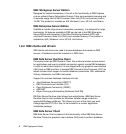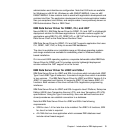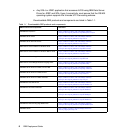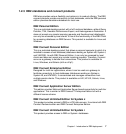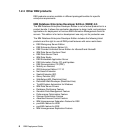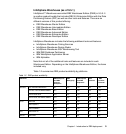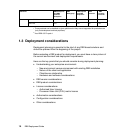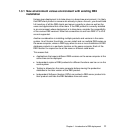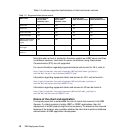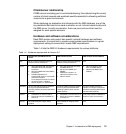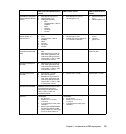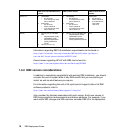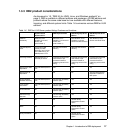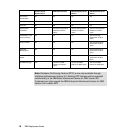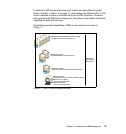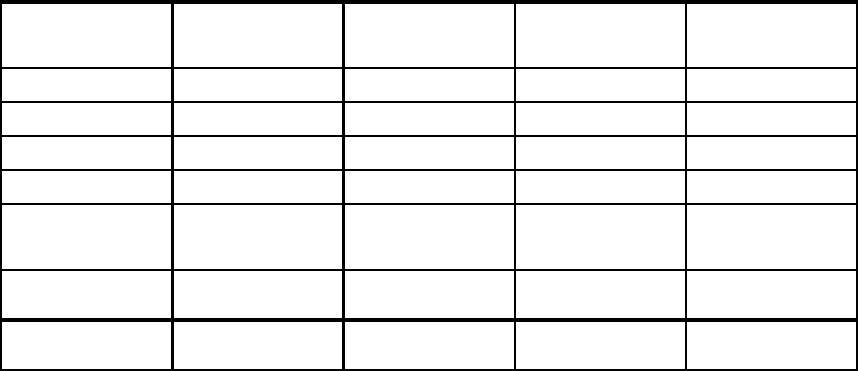
12 DB2 Deployment Guide
Table 1-3 outlines supported combinations of client and server versions.
Table 1-3 Supported client /server matrix
Note that when a client is located on the same system as a DB2 server and they
are different versions, local client-to-server connections using Interprocess
Communication (IPC) are not supported.
For more information regarding supported clients and servers for V9.5, refer to:
http://publib.boulder.ibm.com/infocenter/db2luw/v9r5/index.jsp?topic=/
com.ibm.db2.luw.qb.client.doc/doc/r0009731.html
Information regarding supported clients and servers for V9.1 can be found in:
http://publib.boulder.ibm.com/infocenter/db2luw/v9/index.jsp?topic=/
com.ibm.db2.udb.uprun.doc/doc/r0009731.htm
Information regarding supported clients and servers for V8 can be found in:
http://publib.boulder.ibm.com/infocenter/db2luw/v8/index.jsp?topic=/
com.ibm.db2.udb.doc/start/r0009731.htm
Nature of the client and application
It is equally important to understand the role of clients that connect to the DB2
Servers. If a client consists of solely JDBC or ODBC applications, then full
deployment of a DB2 product might not be necessary. To determine the required
features of the product, also consider whether the client has to perform database
administration or DB2 application development.
DB2 Clients Version 8 32-bit
Server UNIX,
Windows, Linux
Version 8 32-bit
Server UNIX,
Windows, Linux
Version 9 Server
UNIX, Windows, Linux
Version 9.5 Server
UNIX, Windows, Linux
Version 9.5 Yes Yes Yes Yes
Version 9.1 Yes Yes Yes Yes
Version 8 (64-bit) Yes Yes Yes Yes
Version 8 (32-bit) Yes Yes Yes Yes
DB2 for z/OS and OS/
390® Version 7 and
higher
Ye s Ye s Ye s Ye s
DB2 for i5/OS Version 5
and higher
Ye s Ye s Ye s Ye s
DB2 VM and VSE
Version 7
Ye s Ye s Ye s Ye s



